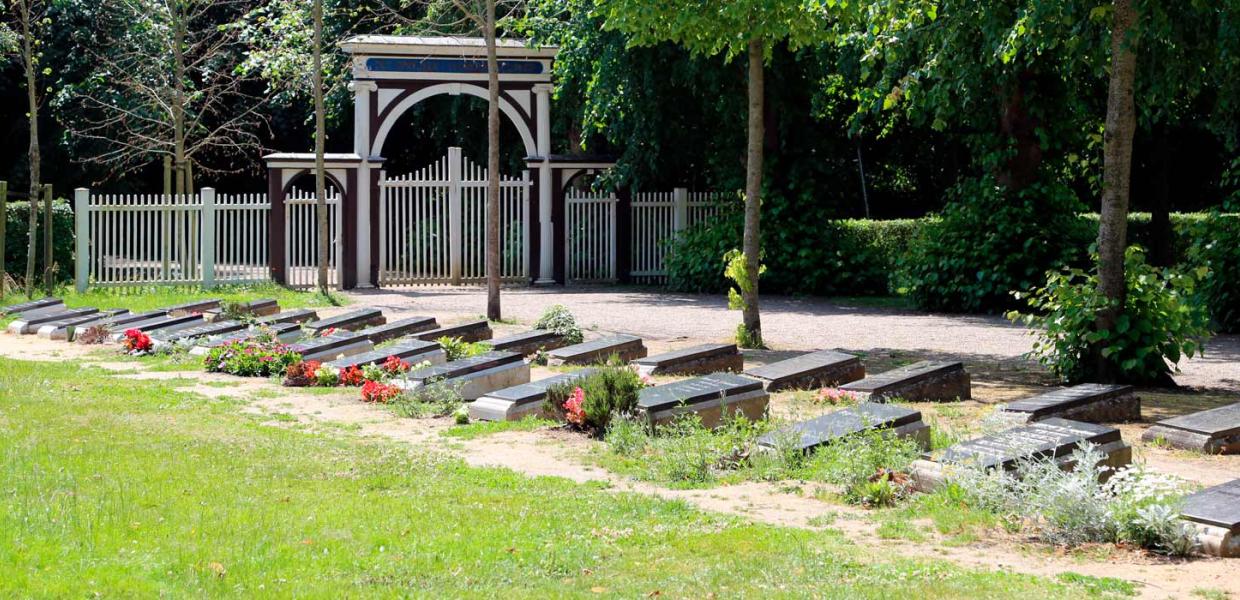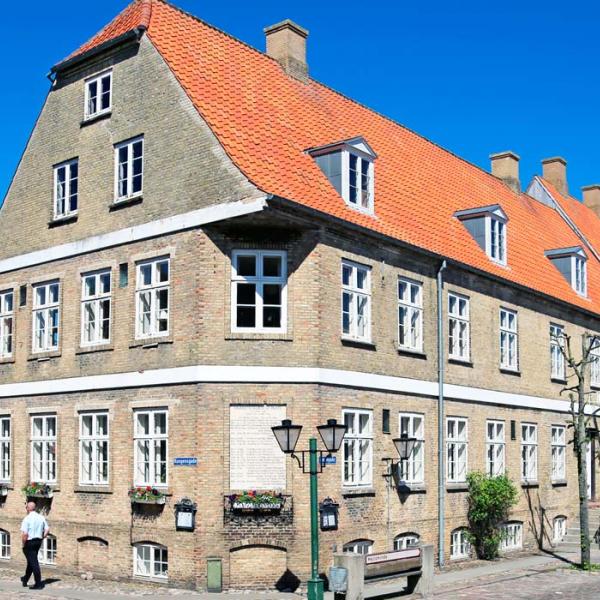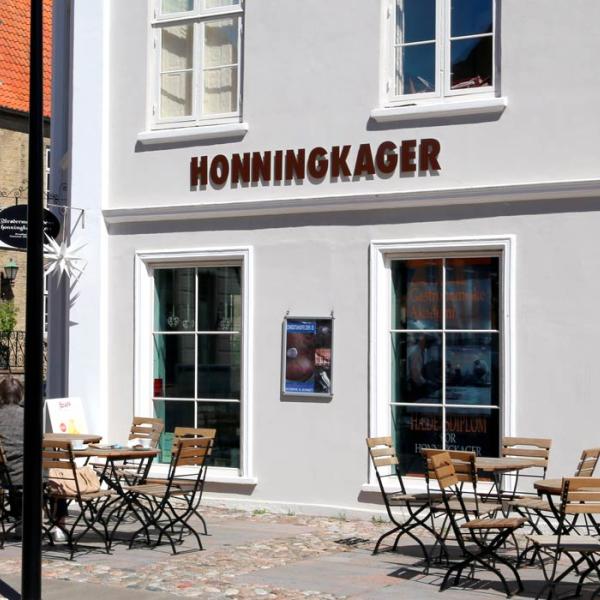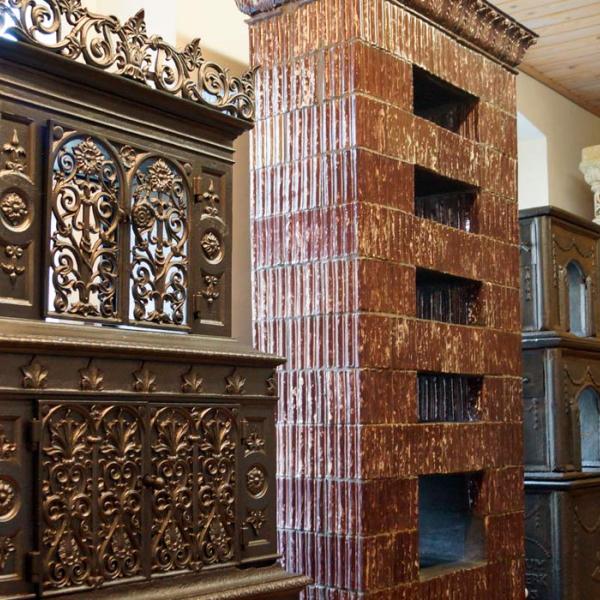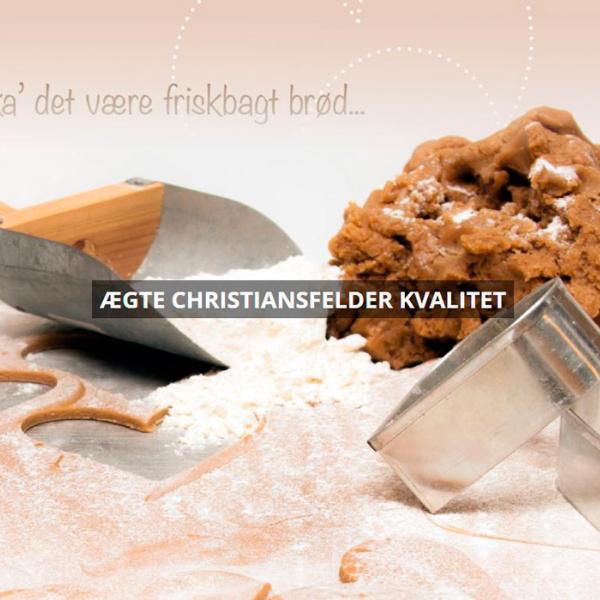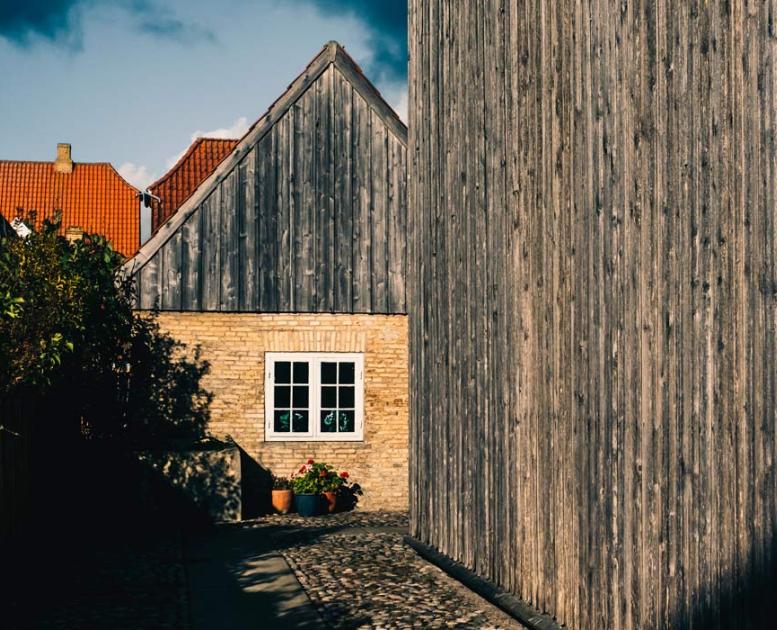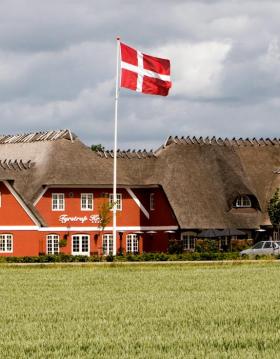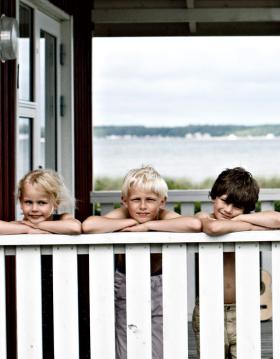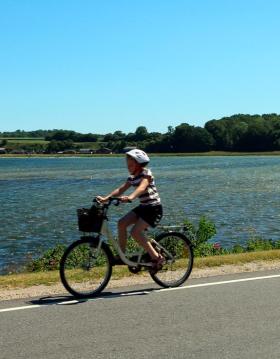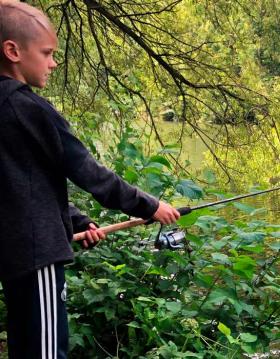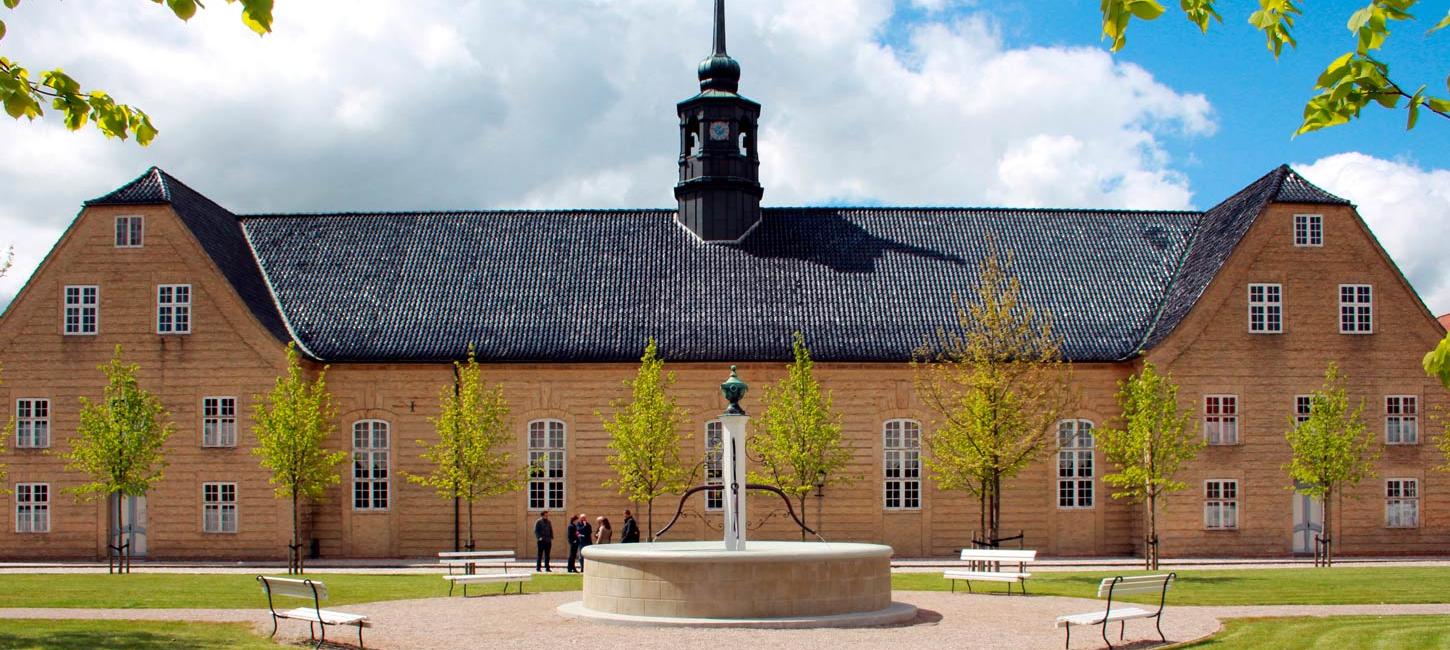
Christiansfeld - UNESCO World Heritage
Christiansfeld – a UNESCO World Heritage Site
Read more about the history of Christiansfeld and the Moravian Church
During a trip to the Netherlands, King Christian VII visited the Brethren town of Zeist. And they were impressed by what they saw. Here, skilled craftsmen and traders had built a beautiful and well-functioning city.
Therefore, Christian VII invited these skilled and enterprising people to Denmark and let them build a city according to their own model. The intention was to create growth in the area.
With a strict urban plan, the well-preserved iconic yellowstone houses lie side by side on cobbled streets. The town center has been preserved. So you can to this day experience the city that Christian VII gave the Brethren congregation permission to build back in 1773.
Explore the city's shops. Enjoy a cup of coffee in one of the cozy cafes. Experience the city's signature cake – a gingerbread shaped like a heart.
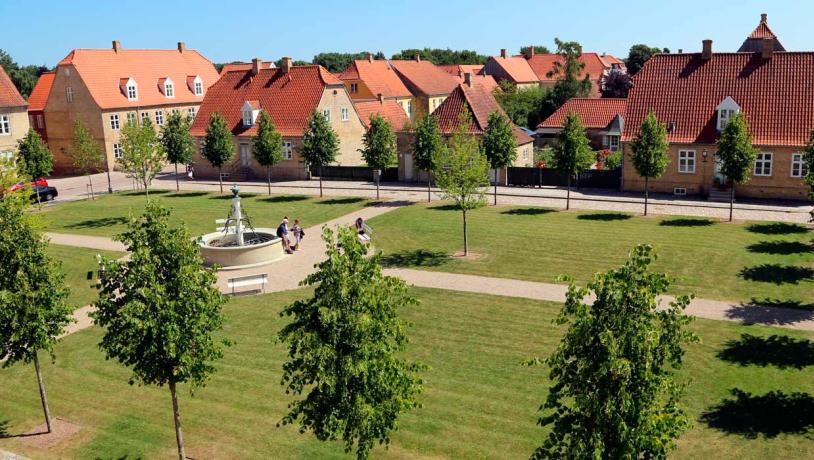
Photo:Visit Kolding
The town's central square is named after Count Zinzendorf, who helped found the Brethren congregation. The square is square, and the entire city's ground plan is measured according to the square's dimensions and location.
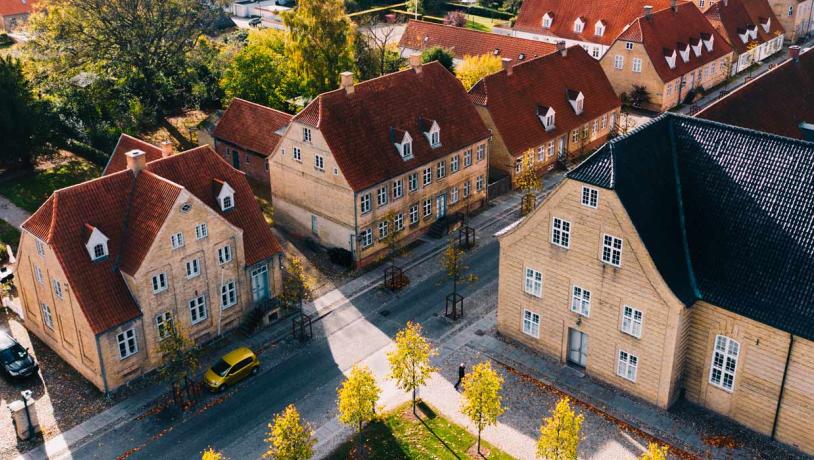
Photo:Museum Kolding
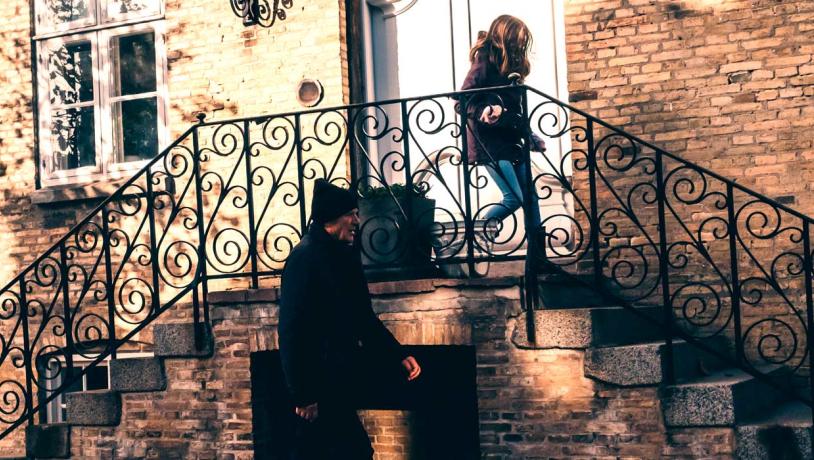
Photo:Christiansfeld Centret
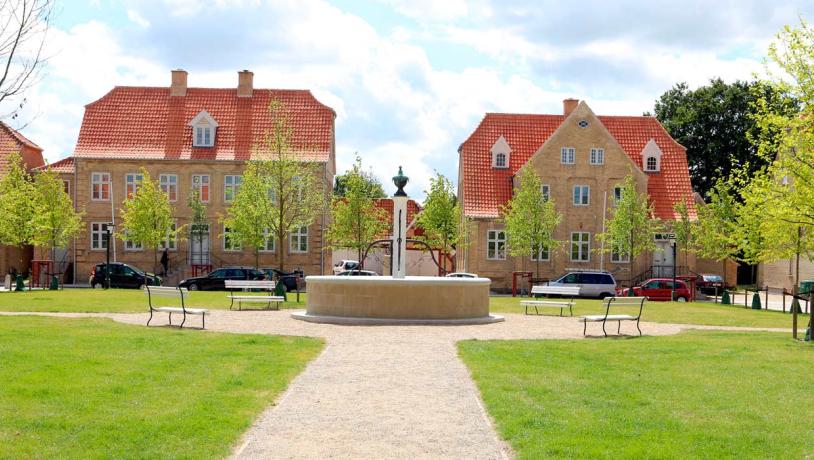
Photo:VisitKolding
Europe’s most beautiful Church of the Brethren town
The Church of the Brethren in Christiansfeld is an evangelical free congregation and part of a worldwide brotherhood with cities and congregations in many countries. The congregation's supporting ideology is universal and rests on a pietistic view of Christianity. That is, a personal and heartfelt faith that is based on purity, emotions and sensations rather than rituals, hymns and the right teaching.
Many of the Brethren's towns are built exactly like Christiansfeld. But Christiansfeld is considered to be the most beautifully preserved of the old Brethren towns in Europe. Because here the original town plan has been preserved. And the buildings stand today as they did when the city was founded at the behest of King Christian VII in 1773.
You can learn more about the Church of the Brethren in a short animated film, which you can find by clicking here.
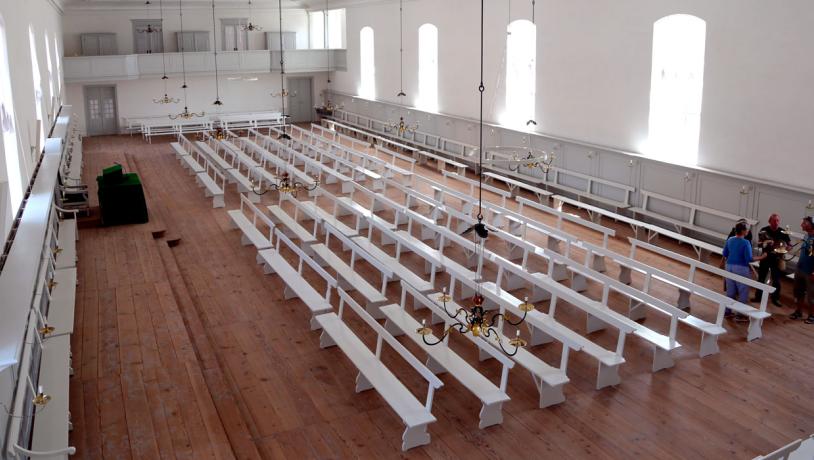
Photo:Visit Kolding
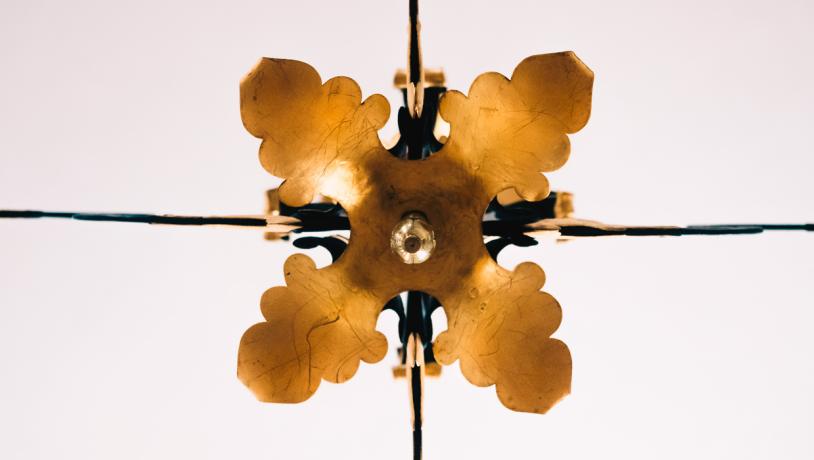
Photo:Christiansfeld Centret
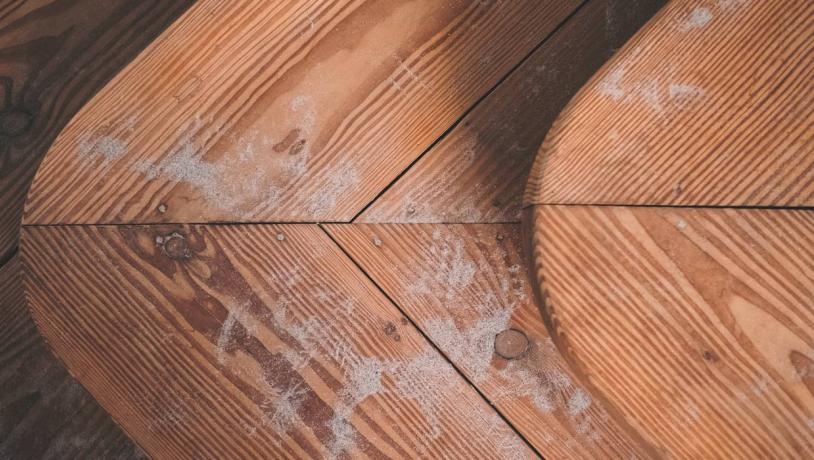
Photo:VisitKolding
The layout of the town
The city's ground plan follows the Church of the Brethren's recipe, where the plan starts from the church with two parallel main streets. One on each side. Christiansfeld is today a well-preserved cultural gem. In 2015, Christiansfeld managed to get on UNESCO's world heritage list.
Denmark’s only Brethren Church
Christiansfeld is home to the only Brethren church in Denmark. Every Sunday there is a service, and everyone is most welcome. The church hall is the largest in Denmark without supporting columns and can accommodate up to 1,000 guests. It is kept quite simple. Here are clean lines and almost everything is kept in white with sand-strewn floors. The beautiful hand-forged chandeliers date from 1777.
Equipped with a mobile phone, you can explore the town and get many good stories and surprises along the way. Ask for the Wayfinder in the museum shop.
The Town Square
The town's square is located by the Brethren's Hotel and is named after Johannes Prætorius, who was the first Brethren priest in Christiansfeld.
Prætorius Torv is an atmospheric spot with cafés and restaurants, which, together with the rest of the city, provides a very special and extremely charming experience. Both for guests and for locals.
Prætorius Torv also forms the setting for the Christiansfeld Wine Festival every year.
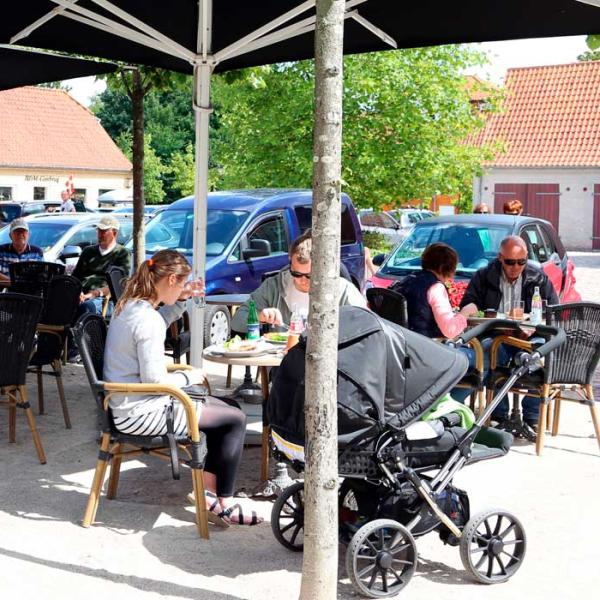
Prætorius Torv
Good craftsmanship can be seen and tasted
The Brethren were known for being skilled and diligent craftsmen. You see it in the buildings they built. And you can still visit the town's oven-setters, who manufacture and restore the completely unique Christiansfelder tiled stoves.
The baker's craft has also been preserved. And the city's tasty gingerbreads have become world famous. You will still find two gingerbread bakeries in the city, so don't cheat yourself to sink your teeth into the traditional baked goods.
Visit Brødremenighedens Gingerbread-bakery, which is located in the center of Christiansfeld, or the Gingerbread house in the southern part of Christiansfeld. Bon appetite.
For over 200 years, Christiansfeld’s skilled bakers have been baking honey cakes that have been sold all over the country, which is why you may know Christiansfeld as the Honey Cake Town
Christinero
Just southwest of Christiansfeld you will find the protected site of Christinero. It was established by the chamberlain's wife Christina Fridericia von Holstein in the late 18th century. Throughout the year the Christinero area is a popular place for walking or cycling. Here you will find the wooden pavilion "My Thoughts," which stands where it was built several hundred years ago. There are also several small lakes with fountains and a small forest with special tree species.
Experience a bullade from 1668
Continue from Christinero along the path past the old rectory. Here you can also see a so-called "bullade" (a barn ('lade') constructed with "bul," which referred to the transverse wooden beams). Essentially, a bullade or bul-house is built like a timber-framed house. However, instead of clay-filled panels, wooden planks were used between the vertical posts. The posts are equipped with grooves to secure the horizontal planks. The entire structure is held in place by a foot and roof strap. This allowed for the construction of a house without the use of nails or screws.
It was built in oak in 1668, and the building is the largest remaining bullade still standing where it was built.
This type of building was quite common throughout Denmark, especially in areas with abundant forests. However, the construction method required a significant amount of oak timber, which was often a scarce resource (oak was also required for building Denmark's navy). Therefore, the king prohibited the population from building in this manner on several occasions during the 16th and 17th centuries.
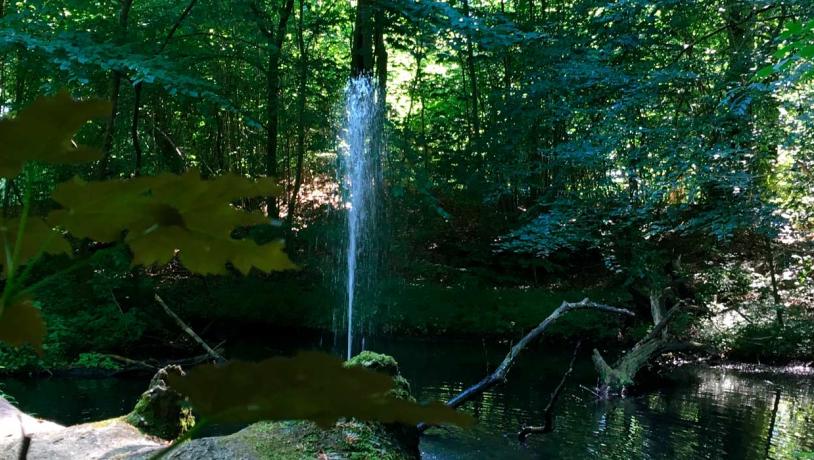
Photo:Visit Kolding
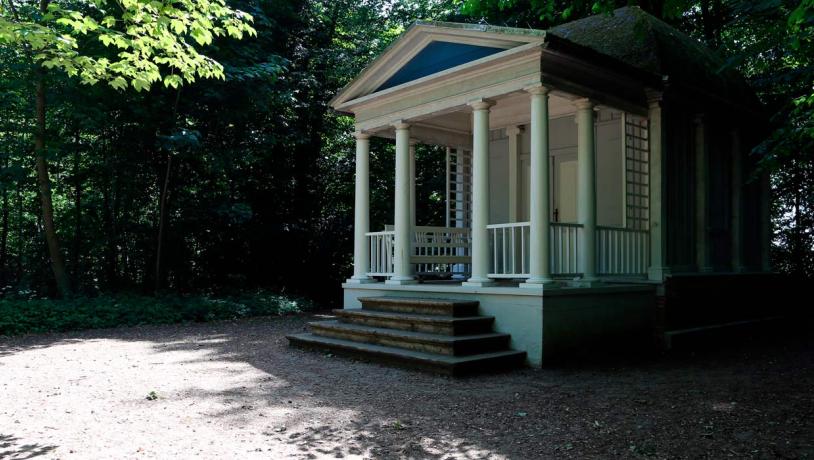
Photo:VisitKolding
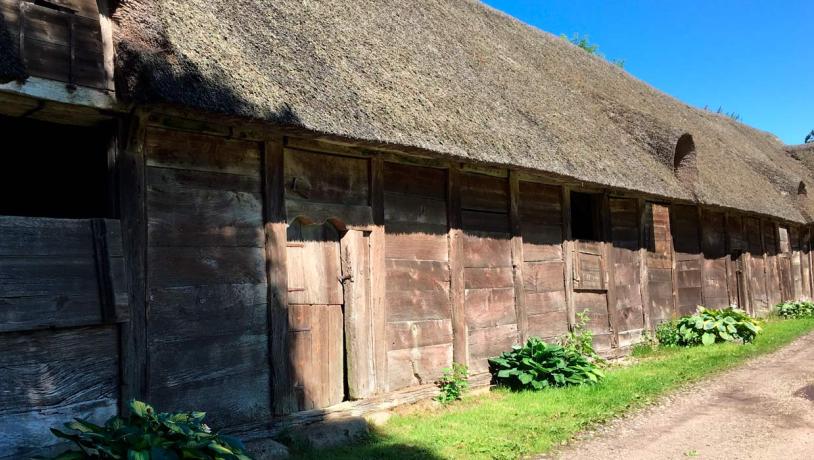
Photo:VisitKolding
This year’s wine event in Christiansfeld
If you are near Christiansfeld the first weekend in August, don’t miss the successful Christiansfeld Wine Festival. The streets buzz with life from locals and tourists as the wine festival kicks off with live music in the town’s beautiful square. Come and taste wines from local vineyards or one of the many German producers sharing their experience with wines.
You will also find wines from the USA, Portugal, Spain, France and Hungary, so there’s a wine to suit every taste. And should you feel like enjoying life with a menu that calls for a good glass, the hotel welcomes you.
Relax and take some hours out of your calendar to be part of perhaps Denmark’s cosiest wine festival. See more about Christiansfeld Wine Festival on their Facebook page.
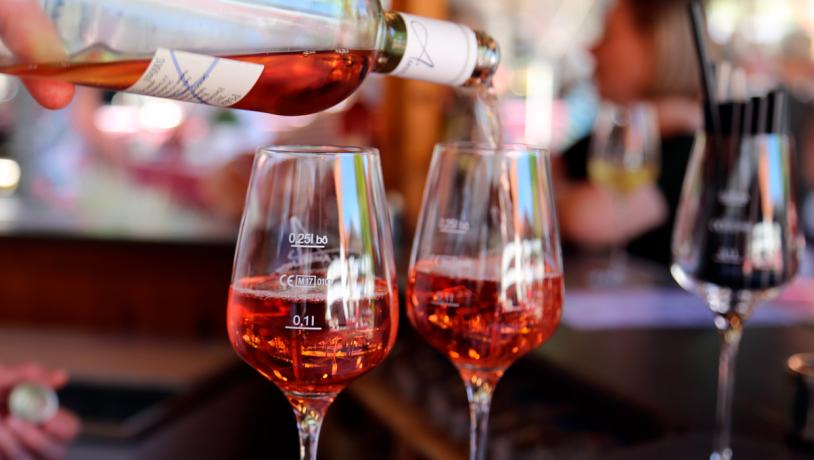
Photo:Visit Kolding
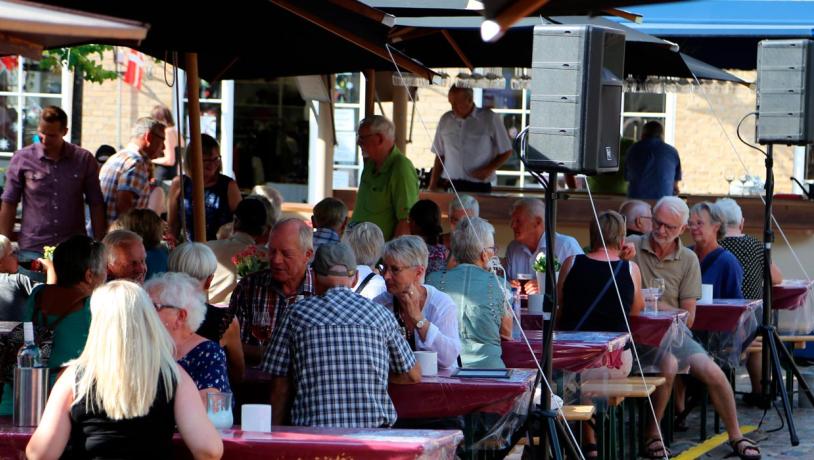
Photo:Visit Kolding
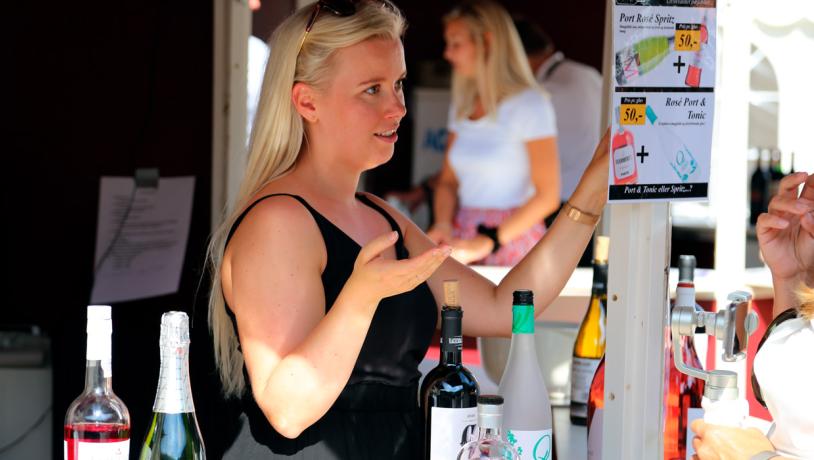
Photo:Visit Kolding
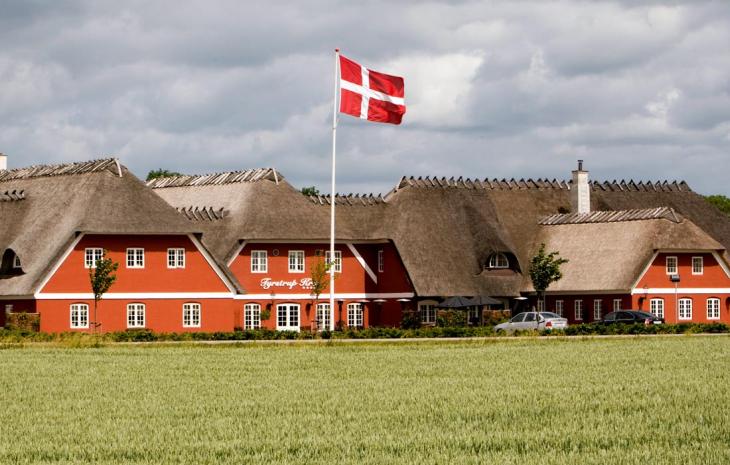
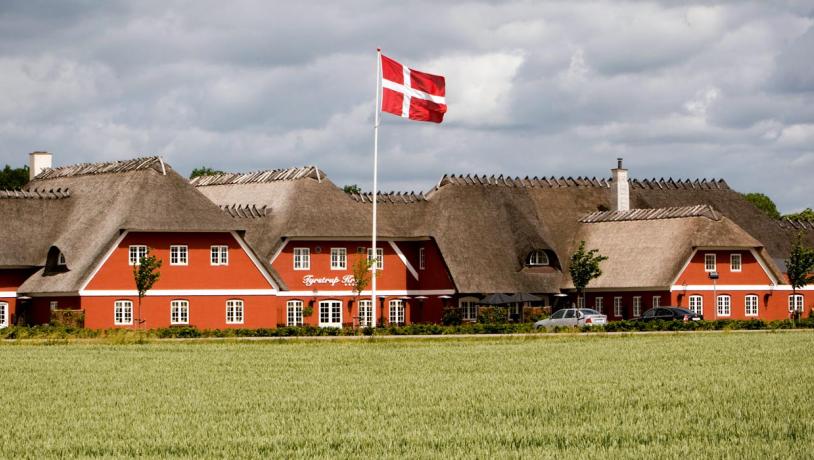
Stay overnight in Christiansfeld
Are you staying overnight? Check out the possibilities for overnight stays in Christiansfeld.
Lindegade
6070
Longitude: 9.481542
Latitude: 55.355674
